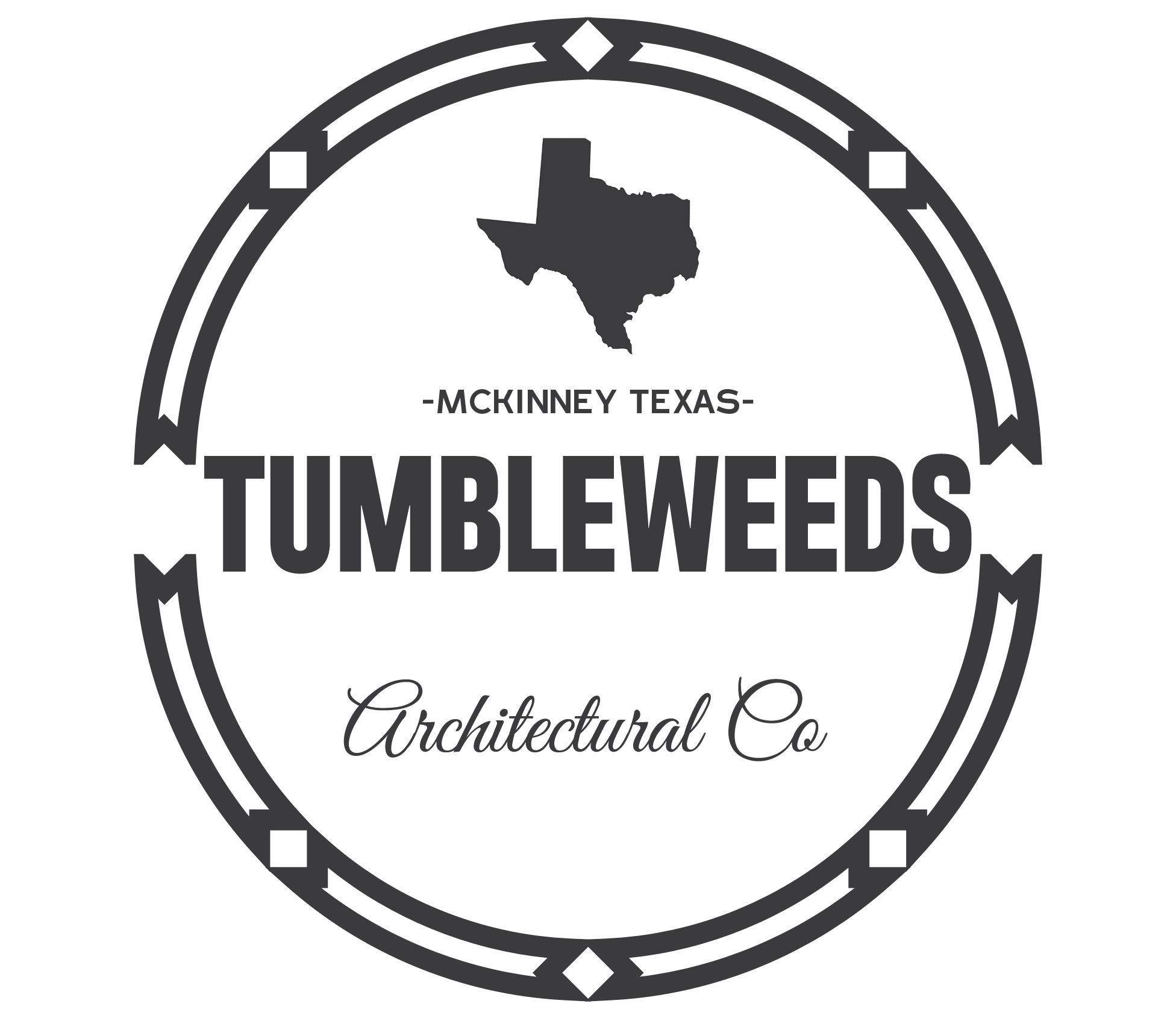Are you looking to improve the energy efficiency of your home while reducing your heating bills?
External wall insulation could be the solution you’ve been searching for. In this comprehensive guide, we will explore the benefits of external wall insulation, the different types available, the installation process, and the factors that can affect the overall cost.
Whether you have a small, medium, or large home, we’ll break down the average costs involved and highlight any additional expenses you should consider. Let’s dive in and discover how you can transform your home with external wall insulation.
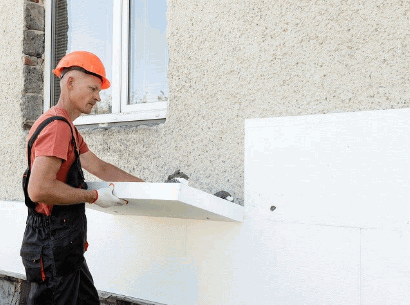
What Is External Wall Insulation?
External wall insulation is a method of enhancing the thermal performance of your home’s exterior walls, and it plays a critical role in maintaining energy efficiency and reducing energy bills. This method involves adding insulation material to the outside of your home’s exterior walls, which can significantly improve the comfort and energy efficiency of your property, especially in colder climates like Michigan.
Dig deeper: Do You Put Insulation In Internal Walls
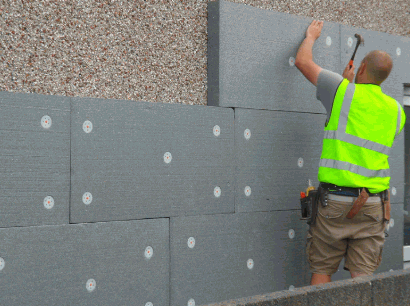
What Are The Benefits Of External Wall Insulation?
The benefits of external wall insulation extend beyond just improved thermal performance and reduced energy bills; it also enhances the overall comfort and appearance of your home.
By adding a layer of insulation to the outside walls of your home, you can create a more comfortable living environment throughout the year. The insulation helps regulate indoor temperatures, keeping your home warm in winter and cool in summer.
External wall insulation can significantly improve the aesthetic appeal of your property. You can choose from a variety of finishes and colors to enhance the visual impact of your home, adding a fresh and modern look.
Reducing your energy bills is another key advantage of external wall insulation. By minimizing heat loss, you can decrease your energy consumption and save money on heating and cooling costs over time.
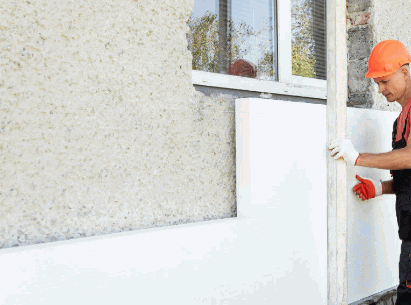
How Is External Wall Insulation Installed?
Installing external wall insulation involves a detailed process managed by a project manager to ensure that the installation is carried out efficiently and effectively, minimizing disruption to the homeowners.
What Are The Steps Of Installing External Wall Insulation?
The steps of installing external wall insulation begin with an assessment of the existing walls, followed by the preparation of the exterior surfaces to ensure proper adhesion and performance of the insulation material.
Next in the process is the careful application of the selected insulation material, which plays a pivotal role in enhancing the energy efficiency of the building. Proper installation of the insulation is crucial to prevent thermal bridging and ensure uniform coverage across the walls. Once the insulation is in place, attention shifts towards applying the finishing touches that not only improve the aesthetics but also provide additional protection against external elements. This final step completes the installation process, ensuring that the external wall insulation is both functional and visually appealing.
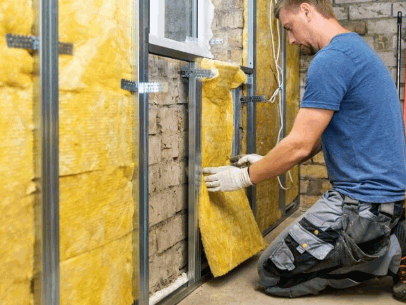
What Are The Different Types Of External Wall Insulation?
There are several different types of external wall insulation available, each offering unique benefits and suited to specific applications, including rigid insulation panels, spray foam insulation, loose-fill insulation, and reflective foil insulation.
Rigid Insulation Panels
Rigid insulation panels are a popular choice for external wall insulation due to their high energy efficiency and durability.
These panels are specifically designed to provide superb thermal performance, effectively reducing heat loss and lowering energy consumption. Their rigid nature ensures long-lasting durability, making them a reliable solution for protecting exterior walls against moisture and physical damage.
The installation process of rigid insulation panels is relatively simple and straightforward, offering convenience to builders and contractors. By enhancing the overall energy efficiency of a structure, these panels play a significant role in reducing heating and cooling costs, ultimately contributing to a more sustainable and eco-friendly living environment.
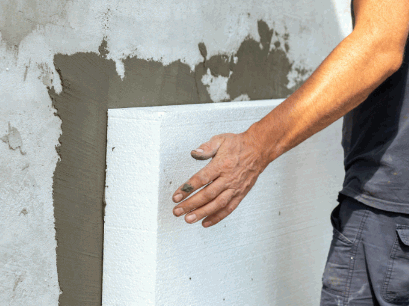
Spray Foam Insulation
Spray foam insulation is known for its ability to seal cavities and improve the insulation of exterior walls effectively.
One of the key benefits of using spray foam insulation is its capacity to fill even the smallest crevices and gaps, creating a seamless airtight seal. This feature not only helps in maintaining a consistent indoor temperature by preventing hot or cold air from escaping but also reduces energy costs by ensuring that your heating or cooling system operates more efficiently. By trusting experts in installing spray foam insulation, homeowners can significantly enhance the energy efficiency of their properties, leading to long-term savings and increased comfort.
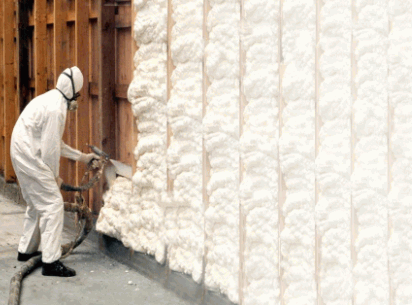
Loose-Fill Insulation
Loose-fill insulation is an effective method for retrofitting existing walls, offering flexibility and ease of installation.
One of the key characteristics of loose-fill insulation is its ability to conform to irregular spaces and fill gaps tightly, providing superior coverage and reducing air leakage. This makes it an ideal choice for upgrading the thermal efficiency of various wall types, including stud walls and masonry walls.
Loose-fill insulation is made from materials like fiberglass, cellulose, or mineral wool, which are non-toxic and eco-friendly, ensuring a safe indoor environment. The installation process involves blowing or pouring the insulation into wall cavities, making it quick and efficient compared to traditional insulation methods.
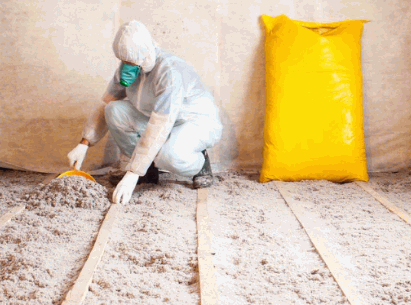
Reflective Foil Insulation
Reflective foil insulation works by reflecting radiant heat away from the home’s exterior walls, contributing to improved energy efficiency.
By utilizing a layer of reflective foil facing outward, this type of insulation effectively blocks the transfer of heat from the sun into the walls of the house. As a result, it helps maintain a cooler indoor temperature during the scorching summer months and a warmer one during the chilling cold season. This not only reduces the strain on heating and cooling systems but also lowers energy bills significantly.
The installation of reflective foil insulation can greatly enhance the comfort levels within a home by creating a more consistent and stable temperature environment. The insulation not only minimizes heat loss in winter but also prevents heat gain in summer, resulting in a more pleasant living environment throughout the year.
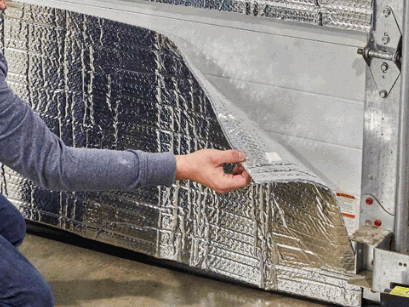
What Factors Affect The Cost Of External Wall Insulation?
The cost of external wall insulation is influenced by several factors, including the size of the property, the type of insulation material used, the difficulty of installation, and any additional features required.
Size Of The Property
The size of the property is a significant factor in determining the cost of external wall insulation, as larger properties require more materials and labor.
For instance, a spacious two-story home with a wide exterior surface area will necessitate a greater quantity of insulation materials such as insulation foam boards or spray foam. This larger area to cover means more time and effort for installation, leading to higher labor costs. On the other hand, a small bungalow with limited wall space will naturally incur lower expenses due to decreased material and labor demands.
Type Of Insulation Material
The type of insulation material chosen, such as spray foam or rigid panels, can significantly impact the overall cost of the project.
When considering insulation options, it’s important to factor in not just the upfront expenses but also the long-term savings. For example, while spray foam insulation might have a higher initial cost compared to traditional fiberglass batts, it boasts excellent energy efficiency, potentially resulting in significant savings on heating and cooling bills over time.
On the other hand, rigid panels, though offering good thermal resistance, may require a larger upfront investment. Their durability and longevity can translate into lower maintenance costs and reduced energy consumption in the long run. In essence, the choice of insulation material is a crucial decision that can impact both your wallet and the environment.
Difficulty Of Installation
The difficulty of installation, which can vary based on the condition of the existing walls and accessibility, also affects the overall cost of external wall insulation.
For instance, if the walls are in poor shape, requiring extensive repairs or surface preparation before the insulation can be applied, this adds to both the time and materials needed, consequently raising the cost. Similarly, when the exterior walls are hard to access due to their height or obstructions like neighboring buildings, it necessitates specialized equipment or extra labor efforts, increasing the installation expenses further.
In some cases, intricate architectural features on the facade, such as ornate designs or irregular shapes, complicate the installation process. This complexity demands meticulous planning and skilled labor to ensure proper coverage and a seamless finish, contributing to a higher price tag. Therefore, considering these factors is crucial for an accurate estimation of the overall cost of external wall insulation.
Additional Features
Additional features, such as decorative finishes or enhanced weatherproofing, can add to the overall cost of external wall insulation.
Decorative finishes are one way to customize the appearance of the exterior while providing an extra layer of protection. These finishes range from textured coatings to colorful paints that not only beautify but also safeguard the walls against harsh elements.
- Enhanced weatherproofing, on the other hand, includes features like specialized membranes or coatings that increase the insulation’s durability and resistance to moisture and UV rays. While these upgrades come at an additional cost, they significantly boost the performance and longevity of the insulation.
- Customizations, such as architectural detailing or integrated lighting, can further elevate the aesthetics and functionality of the external wall insulation, creating a visually appealing and efficient solution for the building’s exterior.
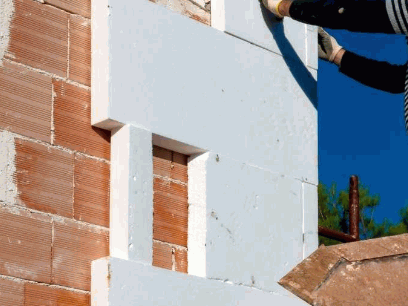
How Much Does It Typically Cost To Insulate External Walls?
The typical cost to insulate external walls can vary widely depending on the size of the property and the type of insulation material used, with estimates ranging from a few thousand dollars for small homes to significantly more for larger properties.
Average Cost For A Small Home
For a small home, the average cost of external wall insulation typically ranges from $3,000 to $8,000, depending on the insulation material and installation complexity.
Regarding insulation materials, fiberglass is a cost-effective option, usually ranging from $0.50 to $1 per square foot, whereas spray foam insulation tends to be more expensive, costing between $1.50 to $3 per square foot.
Installation factors such as the size and design of the home can significantly impact costs; for example, intricate architecture may require more labor, leading to higher expenses.
Additional costs to consider for small homes may include air sealing to maximize insulation efficiency, which can range from $500 to $2,000 depending on the extent of work needed.
Average Cost For A Medium Home
The average cost for insulating a medium-sized home usually falls between $8,000 and $15,000, influenced by the type of insulation and the complexity of the installation.
Factors that contribute to this cost range include the size of the home, the number of walls and ceilings that need insulation, and the accessibility of areas requiring insulation. Insulation material choice plays a crucial role in determining the overall expense. Materials such as fiberglass, cellulose, foam, and spray foam have varying costs per square foot.
Additional features like air sealing, vapor barriers, soundproofing, and energy-efficient upgrades can also add to the total cost. It’s essential to consider the long-term benefits and savings these additional features provide, balancing them with the initial investment.
Average Cost For A Large Home
For a large home, the average cost of external wall insulation can vary from $15,000 to $30,000 or more, depending on the insulation material and specific project requirements.
One of the key factors that can contribute to the higher end of the cost range is the choice of insulation material. Premium materials such as spray foam or rigid foam boards typically cost more upfront but offer superior insulation properties.
The complexity of the installation process plays a significant role in determining the final price. Homes with intricate architectural features or difficult access points may require more labor and time, thereby increasing the overall cost.
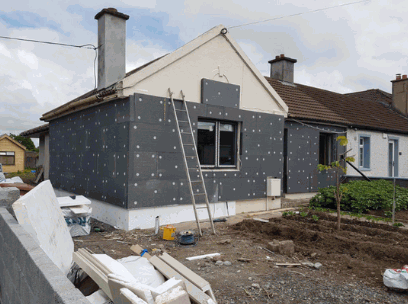
Are There Any Additional Costs To Consider?
When planning for external wall insulation, homeowners should consider additional costs such as permit fees, taxes, and any necessary preparatory work that may not be included in the initial estimate.
Permit fees can vary depending on the location and size of the project. They are essential for legal compliance and can add to the overall expenses. Taxes, like value-added tax (VAT), may also be applicable to materials or services, so it’s crucial to factor these into the budget.
Preparatory work, such as repairing any damage or prepping the walls for insulation, can incur additional costs. It’s recommended to get multiple quotes from contractors to compare prices and ensure transparency in the pricing. Setting aside a contingency fund for unexpected costs is wise to avoid financial strain during the project.
